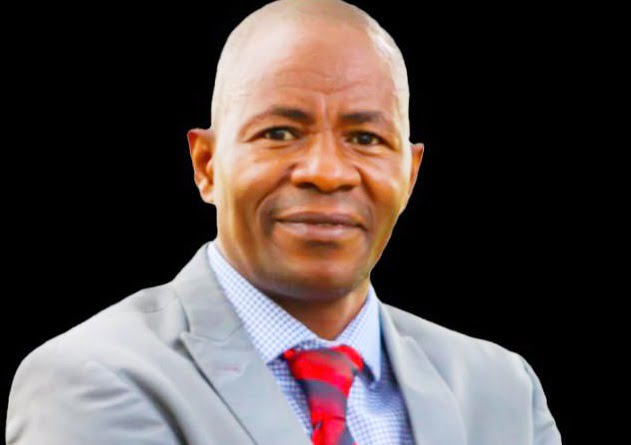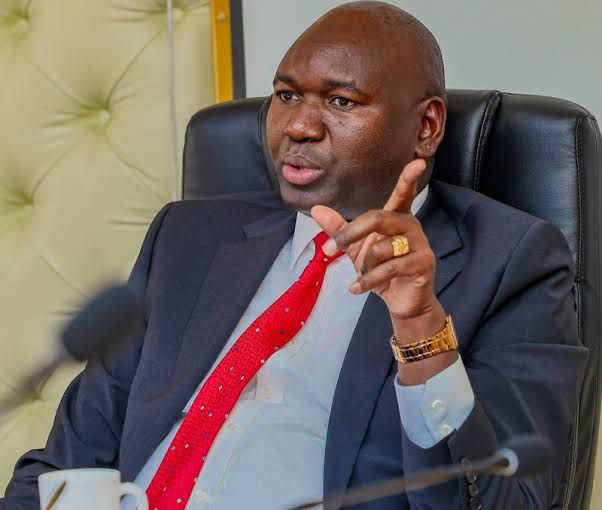The Universities Academic Staff Union (UASU) has poured cold water on new university funding model released by President William Ruto, charging that the model will not address the current financial challenges facing higher education in the country.
In a recent phone interview with Education News, the union’s National Organising Secretary Onesmus Mutio Maluki observed that the failure by the government to fund universities at 80 per cent as required in the Differentiated Unit Cost (DUC) was the main reason higher learning institutions faced serious financial challenges.
Maluki, who is also the UASU Multimedia University Chapter Secretary, revealed that the universities were being funded by the government at 48 per cent of DUC, a far cry from the 80 per cent required in the DUC funding model, pushing the debt to an all-time high of Ksh60 billion.
“The president said that it was due to underfunding and financial crisis in universities that they had to develop the new model…what was the problem with the DUC? The only challenge with DUC is that the government was not funding,” said Maluki.
Whether students get the funding they deserve is another nightmare altogether.
“What we need to understand is that in this new model, a student who has been categorised as vulnerable or extremely needy does not qualify for a loan from Higher Education Loans Board (HELB). Why? Because under that category you are supposed to be given a full scholarship,” noted Maluki.
In the new funding model released on May 3, 2023, the president said funding will henceforth centre on individual students according to their level of need.
This implies that universities and TVETs will no longer receive block funding in form of capitation based on Differentiated Unit Cost (DUC), which is the current model that takes into account the number of undergraduate students registered on the regular programmes and the kind of courses they take.
In the DUC model, which started in 2016/2017 Financial Year (FY), 80 per cent of the unit cost is covered by the government while the remaining 20 per cent is borne by students and the institutions through the appropriation in aid (A-I-A).
Before the DUC, each academic programme was allocated a flat rate of Ksh120,000 per year per student.
In this new model, the government will fully fund the vulnerable and extremely needy students, who, according to the president, comprise 29 per cent of the students joining university and TVETs this year.
While releasing the new model, President Ruto acknowledged that most universities are sagging under a heavy burden of huge debts arising from unpaid staff salaries, unremitted statutory deductions, pensions, Sacco dues, bank loans, and unpaid suppliers to the tune of KSh60.2 billion.
On the other hand, Ruto stated that in the Technical and Vocational Education Training (TVET) institutions, the challenge has been the increase in enrollment, leading to a reduction in funding per trainee (capitation grant) over the years; from Ksh30,000 to as low as Ksh17,000 a year.
In the FY 2022/2023, Dr. Ruto noted that Ksh54 billion was allocated to university education, comprising of Ksh44 billion in budget allocation and Ksh10 billion in HELB loans.
In the next FY, 2023/2024, he added, funding will be increased with the budget allocation reaching Ksh53 billion and HELB loans topping Ksh31.6 billion, which is an increase of 56 per cent.
Mathematically, funding per student will have been increased from Ksh152,000 to Ksh208,000, or 37 per cent.
By Roy Hezron
Get more stories from our website: Education News
You can also follow our social media pages on Twitter: Education News KE and Facebook: Education News Newspaper for timely updates.






